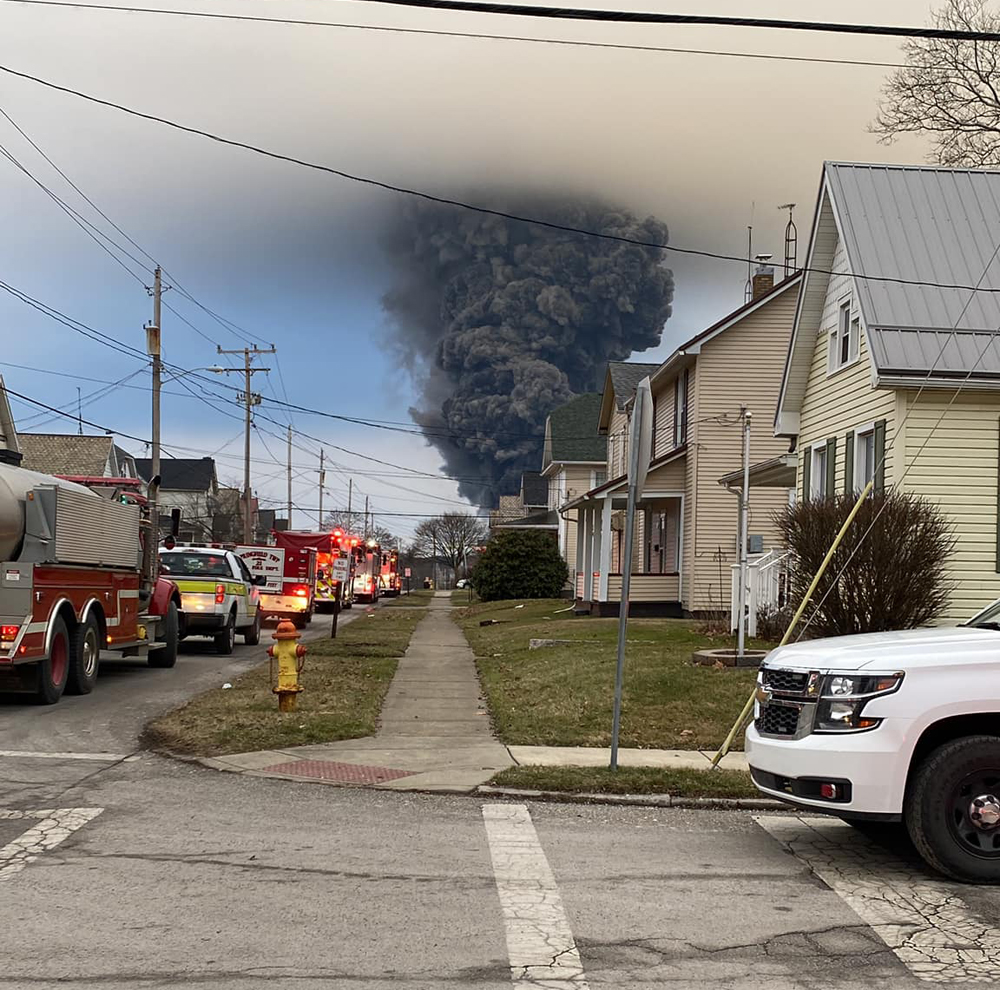
EAST PALESTINE, Ohio — The National Transportation Safety Board put a spotlight on Norfolk Southern’s car inspection practices and railroad industry wayside detector standards during its second day of field hearings on the disastrous Feb. 3 derailment of NS train 32N in this town on the Pennsylvania border.
The derailment, which spilled hazardous materials initially and then again during a controlled vent and burn of five tank cars carrying vinyl chloride, likely was caused by the catastrophic failure of a wheel bearing, the NTSB has said.
Jason Cox, national representative for the Brotherhood of Railroad Carmen, told the board that NS is skirting car inspection regulations. Instead of having carmen perform inspections that look at 90 to 105 points on each side of a freight car, NS is increasingly relying on train crews to perform inspections that examine just a dozen points.
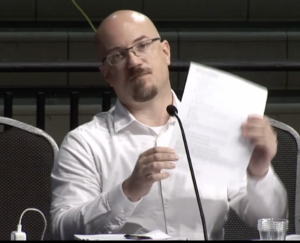
Both are allowed under federal regulations, Cox says, but the use of train crews to perform inspections was originally intended as a stopgap that would allow a defective car to be moved safely to a location where it could be inspected more closely or repaired.
In a September 2022 letter to Class I chief executives, FRA Administrator Amit Bose raised the issue of railroads increasingly relying on inspections by train crews. “I ask for your cooperation in ensuring that rail equipment receives proper attention from maintenance-of-equipment employees to perform mechanical inspections,” he wrote. “This will not only help promote the safety of the equipment, but also the safety of those employees who maintain and operate it — for the benefit of all who depend on the safety and reliability of the national rail network.”
The letter was among the trove of documents the NTSB released this week in advance of the two days of hearings.
Most of the consist of the train 32N that derailed in East Palestine — including the covered hopper whose bearing failed — did not undergo an inspection from carmen. NS accepted the train through interchange at Madison, Ill. Only the cars that were picked up at Decatur, Ill., had been through the detailed inspection process.
NS had carmen stationed at other points on the train’s route, including Toledo, Bellevue, and Cleveland, Ohio, Cox says, but because 32N only stopped to change crews it was not further inspected.
In a post-derailment inspection, the Federal Railroad Administration found defects in 25% of the 77 cars it reviewed.
Cox said there was the potential that a thorough inspection by carmen could have identified the problem bearing on 32N. But other witnesses disagreed, noting that bearings are sealed and that visual inspections rarely identify bearing problems.
Cox also testified that Norfolk Southern has reduced the amount of time carmen have to inspect each car. From 2014 through 2018, the standard was 3 minutes or more per car. In 2019 — the year NS adopted the low-cost Precision Scheduled Railroading operating model — that was changed to 2.5 minutes for outbound cars and 30 seconds for inbound cars, NS documents show.
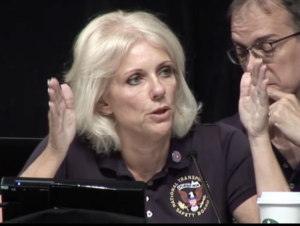
NTSB Chair Jennifer Homendy asked Jared Hopewell, NS assistant vice president of communications and signals, whether the railroad had a written policy on time limits for railcar inspections.
“No,” he said.
She then asked if NS middle management pushes to get inspections done quickly.
Hopewell said NS wants to understand the amount of time it takes to do a thorough inspection so that the railroad can plan its yard operations.
Homendy read NS documents, including an email from a foreman to carmen calling for faster inspection times and a field scorecard that measured average inspection times. “I’m going to ask you again,” Homendy said. “Does NS have a time limit for inspections?”
Hopewell again said no, noting that the scorecard showed that at some locations car inspectors took an average of 2 minutes per car. NS has been deploying technology to assist with brake inspections, he said, and has focused on best practices to ensure that all yards are measuring inspection times the same way.
In her next round of questioning, Homendy zeroed in on across-the-board declines in employment at NS since 2012, particularly for maintenance forces, and asked about the closure of hump yards and other facilities.
In interviews with the NTSB, officials said Precision Scheduled Railroading was about gaining efficiency by keeping assets moving, moving them faster, and closing yards, Homendy noted.
Michael Rush, senior vice president of safety and operations for the AAR, said the essence of PSR is operating a railroad efficiently – something that any business wants to do.
The impact of the job cutbacks, Cox said, includes fewer and less thorough inspections of freight cars, resulting in trains operating with cars with more serious mechanical defects.
Homendy asked if federal regulations should be changed to ensure that more inspections are performed by carmen. Cox said that would help protect employees and the public.
Derailments caused by bearing failures are relatively rare. There were 13 derailments in 2022 related to wheel bearings, a figure that’s less than 1% of all accidents, according to the AAR’s Rush.
But in response to East Palestine the Class I railroads are installing 1,000 more hot bearing detectors, tightening critical alarm thresholds, and adding more acoustic detectors that can single out bearing problems long before failure, he told the NTSB.
Wayside hot bearing detectors, the primary line of defense against bearing-related derailments, are reactive and typically only find bearings that are at the point of imminent failure, Constantine Tarawneh, a wheel-bearing expert who is a professor of mechanical engineering at the University of Texas Rio Grande Valley’s Transportation Center for Railway Safety, told the NTSB.
Tarawneh’s research has found a proactive alternative: Car-mounted sensors that continuously monitor bearing health by measuring vibration. They can warn of bearing problems 50,000 to 100,000 miles before a failure, he said, which would give railroads time to schedule repairs and prevent derailments.
The NTSB and FRA questioned the roles that Norfolk Southern’s defect detectors, trend analysis of detector data, and its advanced train control desk in Atlanta played as train 32N rolled toward East Palestine.
Two detectors immediately west of East Palestine showed increasing temperatures on the problem car. The second reading, of 103 degrees above ambient temperature, was flagged for trend analysis at NS’s advanced control desk. But the train derailed shortly after receiving a critical alert from the East Palestine detector, which read 253 degrees above ambient temperature.
AAR’s Rush was asked how the industry has set critical alert temperature thresholds, which differ from railroad to railroad. Railroads have set their own standards, he said, based on experience over the years.
“If you put the thresholds too low, you’re going to have a lot of false stops and you’re really going to bollox up the railroad system, you’re going to cause issues with respect to customer service, and you’re eventually going to lead to shippers choosing other modes of transportation,” Rush said.
The Class I’s are working on identifying best practices for detector temperature alert thresholds and trend analysis of bearing temperature data, he said.
NTSB Vice Chair Bruce Landsberg questioned the AAR’s role as both a trade association and a body responsible for setting industry standards, something he says is unique in transportation.
The second day of the field hearing also looked at tank car standards and regulations that govern high hazard flammable trains.
Currently only trains with 35 or more hazardous cars spread through the consist, or a block of 20 or more hazardous cars, are considered high hazard flammable trains. Those regulations cover flammable liquids, not flammable gasses.
Landsberg said the FRA and the railroads should look at expanding the regulations in light of East Palestine. “It’s very clear five cars basically cleaned out a significant portion of East Palestine and the regulations are not covering this in an adequate sense,” he said, referring to the tank cars of vinyl chloride that were vented and burned three days after the wreck.
Rush said an AAR committee is examining the issue.
Testimony given during the two days of hearings at the East Palestine High School gym will become evidence as part of the NTSB investigation. The NTSB’s final report on East Palestine, which likely will include safety recommendations, is expected to be released next year.
NS has made several changes to its safety practices since the wreck and says it will not wait for the final NTSB report to take action. “We look forward to learning from the final report and identifying additional ways to enhance safety,” the railroad said in a statement.
“We are already addressing many of the issues that have been discussed during the NTSB hearings,” NS said. “We have brought in world-class safety experts from outside the rail industry to conduct an independent review, and we are collaborating with labor leaders and our craft railroaders to enhance safety.”






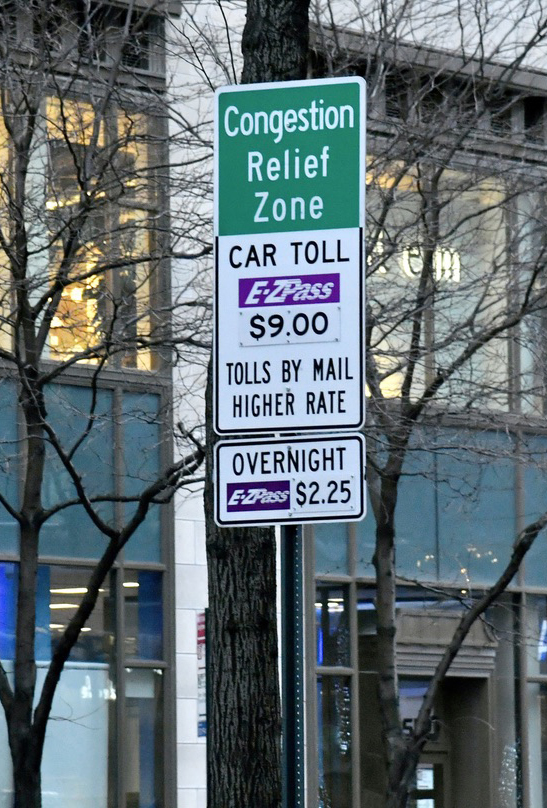
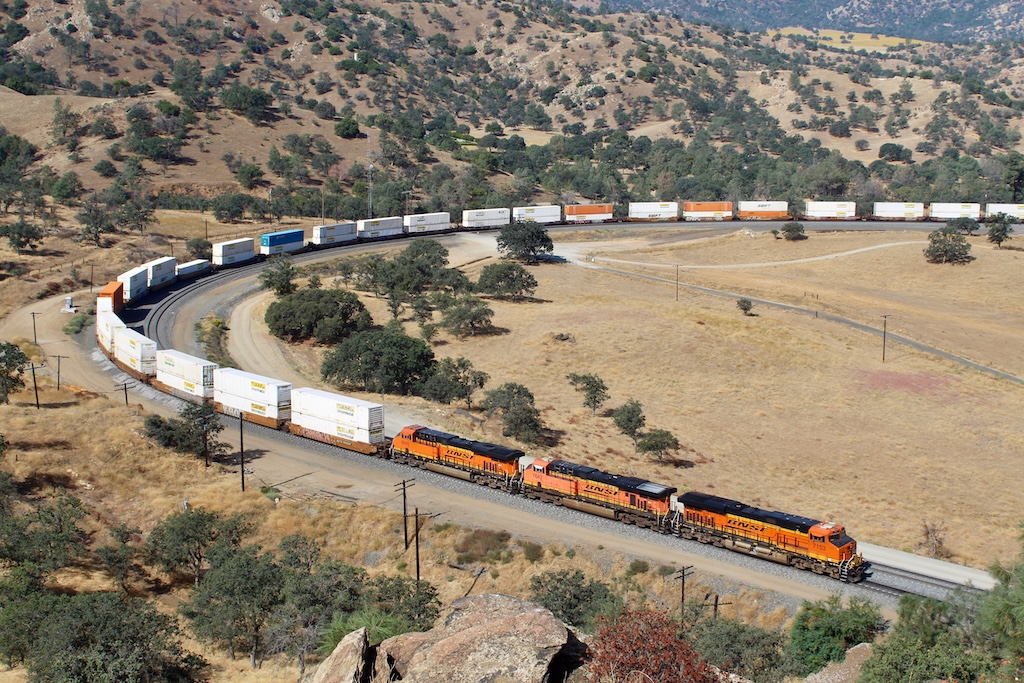

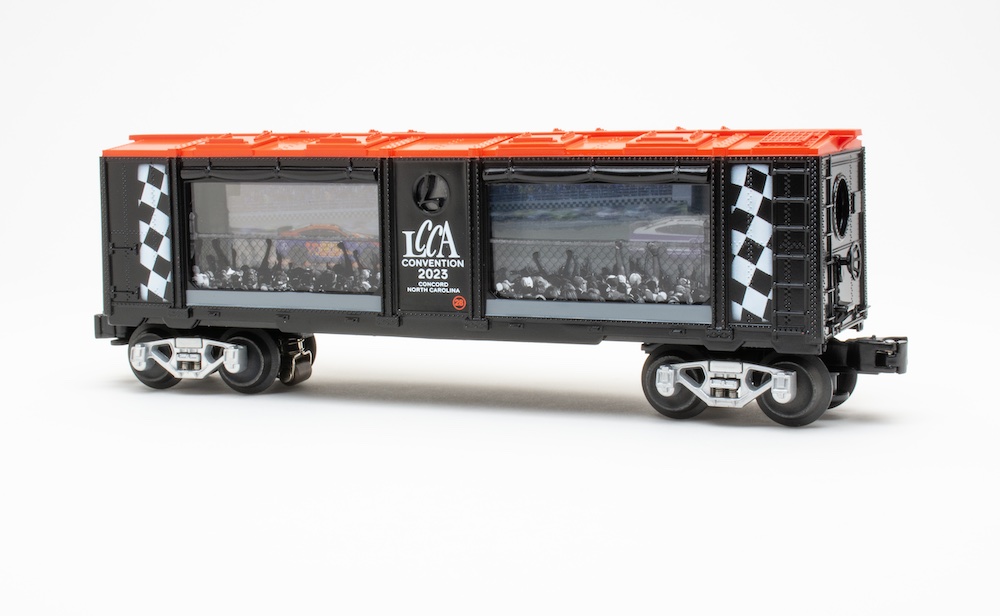




It has been suggested that there were three people in the cab. Awaiting testimony about why a hotbox 23 cars deep was not observed by those in engine cab.